Iron and steel scrap, also known as "ferrous metal scrap," is a recyclable material that is produced either as a byproduct of the production of iron and steel products and the fabrication of ferrous materials or as a result of the end of life of ferrous products. Both of these processes result in the generation of scrap. In the process of manufacturing steel, ferrous scrap is typically recycled. The percentage of steel scrap that makes up the total amount of all ferrous scraps combined is the highest. The electric arc furnace and the induction furnace both require ferrous metal scrap as their primary raw material input before they can begin the process of producing liquid steel. 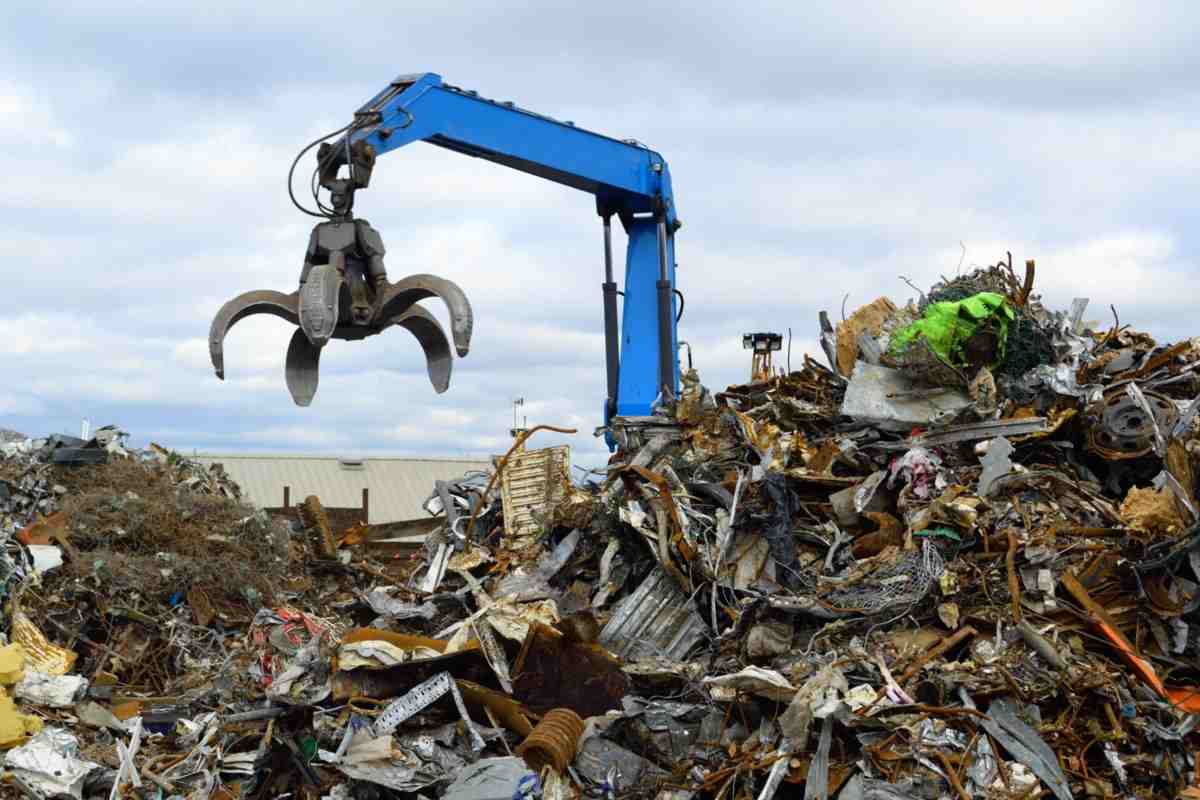 Ferrous metal scrap originates from a variety of sources, therefore its physical and chemical properties are going to vary depending on where it came from. The economics of the steelmaking process is profoundly impacted by the scrap material's level of quality. The age of a shipment of scrap might range anywhere from one day to more than one hundred years old. The characteristics are determined by the origin of the scrap metal and the time period in which the steel was manufactured. Many different grades of steel are created because there are so many different uses for it. Because of this, it is absolutely necessary to sort the scrap generally by its composition and size or grade according to whether or not it is suitable for melting in the recycling process. This is done to ensure that the process provides the greatest possible economic benefit and is as efficient as it can be. The goods in which the iron and steel material was originally utilized before it was deemed to be waste can also be used as a criterion for classifying the sources of scrap metal. As was mentioned earlier, there are essentially three types of iron and steel scrap: I scrap that is generated internally during the production of iron and steel and their products within an integrated steel plant; (ii) new scrap, prompt scrap, or industrial scrap, which is generated during the processing of iron and steel products, such as the forming of auto components, the machining of tools and equipment parts, fabrication and production of structures and equipment made from iron and steel; and (iii) scrap that is generated externally Manufacturing plants that are engaged in the process of fabricating and creating a variety of goods from steel material are the primary sources of new scrap, also known as prompt scrap or industrial scrap. The processes of cutting, stamping, drawing, extruding, and machining steel all result in the production of scrap. In most cases, this kind of scrap is returned to steel manufacturers as quickly as possible so that it can be remelted.
Ferrous metal scrap originates from a variety of sources, therefore its physical and chemical properties are going to vary depending on where it came from. The economics of the steelmaking process is profoundly impacted by the scrap material's level of quality. The age of a shipment of scrap might range anywhere from one day to more than one hundred years old. The characteristics are determined by the origin of the scrap metal and the time period in which the steel was manufactured. Many different grades of steel are created because there are so many different uses for it. Because of this, it is absolutely necessary to sort the scrap generally by its composition and size or grade according to whether or not it is suitable for melting in the recycling process. This is done to ensure that the process provides the greatest possible economic benefit and is as efficient as it can be. The goods in which the iron and steel material was originally utilized before it was deemed to be waste can also be used as a criterion for classifying the sources of scrap metal. As was mentioned earlier, there are essentially three types of iron and steel scrap: I scrap that is generated internally during the production of iron and steel and their products within an integrated steel plant; (ii) new scrap, prompt scrap, or industrial scrap, which is generated during the processing of iron and steel products, such as the forming of auto components, the machining of tools and equipment parts, fabrication and production of structures and equipment made from iron and steel; and (iii) scrap that is generated externally Manufacturing plants that are engaged in the process of fabricating and creating a variety of goods from steel material are the primary sources of new scrap, also known as prompt scrap or industrial scrap. The processes of cutting, stamping, drawing, extruding, and machining steel all result in the production of scrap. In most cases, this kind of scrap is returned to steel manufacturers as quickly as possible so that it can be remelted.  The amount of new scrap available is directly proportional to the amount of commercial activity. When there is a lot of activity, there is a greater quantity of new scrap produced. In principle, new scrap does not require any sort of pre-treatment operation in order to be re-melted; nevertheless, depending on its size, it may need to be cut into smaller pieces first. Both the chemical composition and the physical features of new scrap are well known. This waste is normally free of contamination, which indicates that it does not contain any other components. Steel that has reached the end of its useful life cycle is referred to as obsolete, old, or end of life cycle scrap. This type of steel is discarded when steel products, such as cars, appliances, machinery, buildings, bridges, ships, cans, rail track materials, railway coaches and wagons, and so on, have fulfilled their purpose. Since this scrap is gathered after a usage cycle, either separately or mixed, it is frequently contaminated to some degree. The extent to which it is contaminated is significantly dependent on the origin of the scrap and the method that was used to collect it. In most cases, the chemical composition and the physical characteristics of this kind of trash are not well recognized because it is a material that has been used for a number of years. Additionally, it is frequently combined with other types of garbage. Recycling old scrap can be difficult for a number of reasons, including those listed above. Prior to its use, it must first undergo several preparations, including but not limited to pressing, crushing, shearing, and shredding, as well as general cleaning and sorting.
The amount of new scrap available is directly proportional to the amount of commercial activity. When there is a lot of activity, there is a greater quantity of new scrap produced. In principle, new scrap does not require any sort of pre-treatment operation in order to be re-melted; nevertheless, depending on its size, it may need to be cut into smaller pieces first. Both the chemical composition and the physical features of new scrap are well known. This waste is normally free of contamination, which indicates that it does not contain any other components. Steel that has reached the end of its useful life cycle is referred to as obsolete, old, or end of life cycle scrap. This type of steel is discarded when steel products, such as cars, appliances, machinery, buildings, bridges, ships, cans, rail track materials, railway coaches and wagons, and so on, have fulfilled their purpose. Since this scrap is gathered after a usage cycle, either separately or mixed, it is frequently contaminated to some degree. The extent to which it is contaminated is significantly dependent on the origin of the scrap and the method that was used to collect it. In most cases, the chemical composition and the physical characteristics of this kind of trash are not well recognized because it is a material that has been used for a number of years. Additionally, it is frequently combined with other types of garbage. Recycling old scrap can be difficult for a number of reasons, including those listed above. Prior to its use, it must first undergo several preparations, including but not limited to pressing, crushing, shearing, and shredding, as well as general cleaning and sorting. 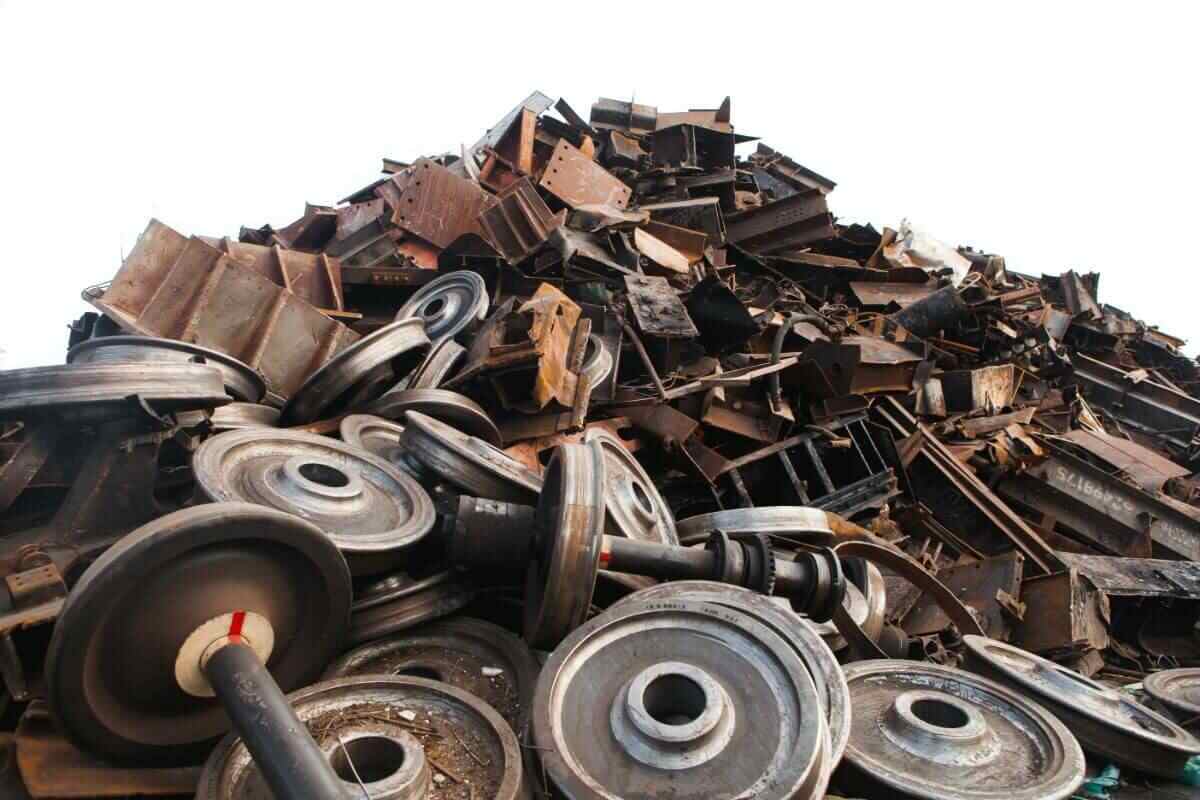 Coatings must also be removed. The radiation source that may be contained in discarded materials poses threats to both the environment and human health. These low intensity radioactive sources have the potential to seep into scrap metal, which includes garbage disposed of by research laboratories, scientific institutes, industries, hospitals, and other institutions. The goods in which the iron and steel material was originally utilized before it was deemed to be waste can also be used as a criterion for classifying the sources of scrap metal. In this context, the primary sources of iron and steel scrap are transportation vehicles (such as cars, trains, ships, and airplanes), iron and steel products for construction, machinery and mechanical equipment, electrical and electronic equipment, and packaging. Other sources include iron and steel products for industrial use.
Coatings must also be removed. The radiation source that may be contained in discarded materials poses threats to both the environment and human health. These low intensity radioactive sources have the potential to seep into scrap metal, which includes garbage disposed of by research laboratories, scientific institutes, industries, hospitals, and other institutions. The goods in which the iron and steel material was originally utilized before it was deemed to be waste can also be used as a criterion for classifying the sources of scrap metal. In this context, the primary sources of iron and steel scrap are transportation vehicles (such as cars, trains, ships, and airplanes), iron and steel products for construction, machinery and mechanical equipment, electrical and electronic equipment, and packaging. Other sources include iron and steel products for industrial use. 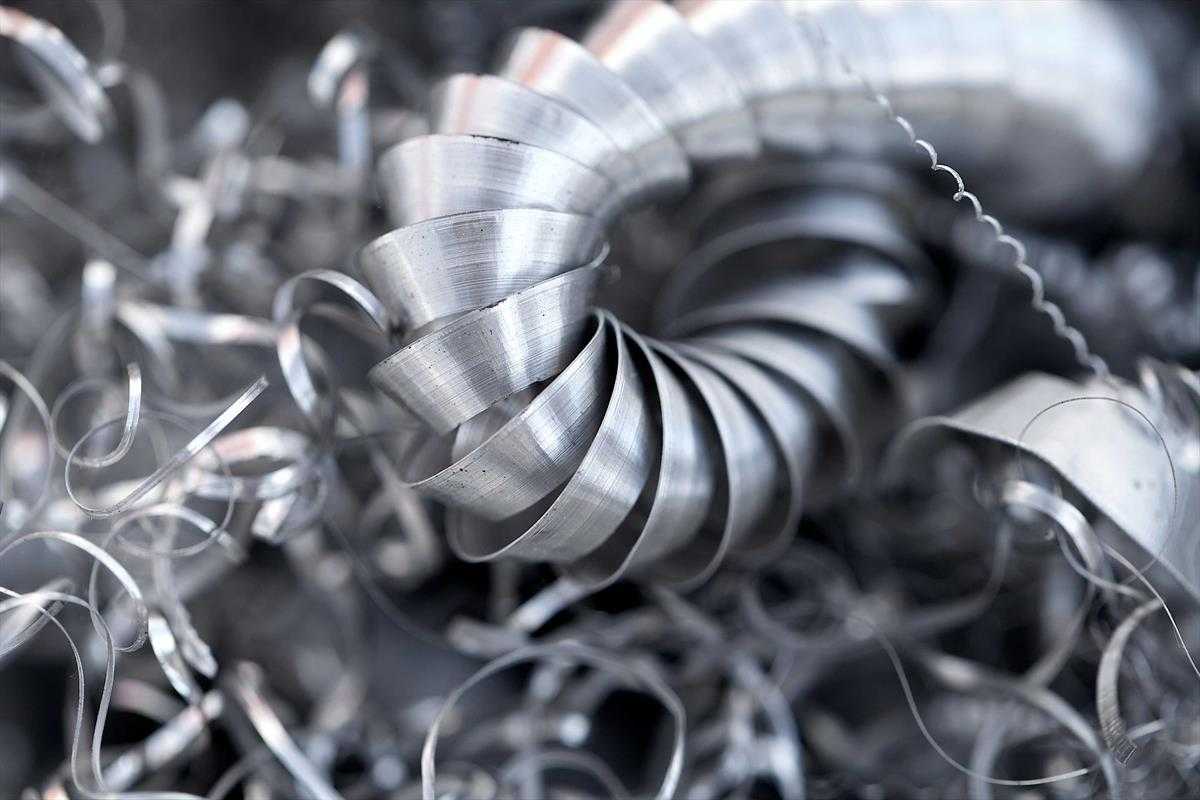
steel manufacturing iron scrap
Specifications and standard classifications for ferrous metal scrap are present at all levels, including I the international level, (ii) the European level, (iii) the Institute of scrap Recycling Industry (ISRI), (iii) national standards, and (iv) between individual parties. Examples of these levels include the International, the European, and the Institute of Scrap Recycling Industry. It is abundantly evident that, for the purposes of marketing and trading, standards and specifications are required not only to determine the price but also to serve as a reference for the classification and quality control of the goods. Iron and steel scrap is processed according to the bilateral requirements that have been agreed upon between the scrap users and the scrap processor in the majority of cases. These specifications are based on the manufacturing demand. The basic method for classifying ferrous metal scrap that has been traded is based on a number of properties, the most important of which are the following: I chemical composition, (ii) level of impurity elements, (iii) physical size and shape, and (iv) homogeneity, which refers to the variation that occurs within a given specification. The general conditions that are applicable to all grades of non-alloy carbon steel scrap that are used as raw material for the steel melting shop are typically categorized under four different headings. The first category consists of concerns regarding the environment, as well as health and safety. Under this category, any and all classes of scrap are required to omit the following types of potentially explosive containers: I pressurized, closed, or insufficiently open containers of any and all origins. If the opening of the container is not visible or is less than 10 centimeters in any one direction, the container is to be regarded as insufficiently open; (ii) dangerous material, inflammable or explosive, fire-arms (whole or in part), munitions, dirt or pollutants that can contain or emit substances that are dangerous to human health or the environment or to the steel production process; (iii) ferrous metal scrap is required to be checked, within the limitations of accessibility and in strict compliance.  The second group is comprised of factors regarding sterility or cleanliness. Under this classification, all grades of scrap are required to be free of all but negligible amounts of other non-ferrous metals and non-metallic materials, earth, insulation, and excessive iron oxide in any form, with the exception of nominal amounts of surface rust that result from the outside storage of prepared scrap under normal atmospheric conditions. It is required that all grades of scrap metal be free of all but the tiniest trace amounts of combustible nonmetallic elements. These materials include, but are not limited to, rubber, plastic, cloth, wood, oil, lubricants, and any other chemical or organic components. The waste material must not contain any huge chunks (brick size) that are electrically insulating, such as tyres, pipes filled with cement, wood, or concrete. This is because these types of materials cannot carry electricity. In addition, the scrap must not contain any waste or by-products that were generated during the process of steel melting, heating, surface conditioning (including scarfing), grinding, sawing, welding, or torch cutting. Some examples of such waste and by-products include slag, mill scale, bag house dust, grinder dust, and sludge. The considerations of residuals and several other metallic elements make up the third group. Copper (Cu), tin (Sn), lead (Pb), chromium (Cr), nickel (Ni), and molybdenum are some of the other metallic elements that can be found in these residuals as well (Mo). There must not be any visible metallic copper in any of the classes of scrap metal. This includes not having any copper-wound electric motors, sheets or copper-coated materials, bearing shells, winding, or radiator cores. The scrap should not contain any wire, insulated wire and cable tubing, other copper, or brass items that are mixed with, attached to, or coating ferrous scrap. The only exception to this rule is if there is a negligible amount of wire.
The second group is comprised of factors regarding sterility or cleanliness. Under this classification, all grades of scrap are required to be free of all but negligible amounts of other non-ferrous metals and non-metallic materials, earth, insulation, and excessive iron oxide in any form, with the exception of nominal amounts of surface rust that result from the outside storage of prepared scrap under normal atmospheric conditions. It is required that all grades of scrap metal be free of all but the tiniest trace amounts of combustible nonmetallic elements. These materials include, but are not limited to, rubber, plastic, cloth, wood, oil, lubricants, and any other chemical or organic components. The waste material must not contain any huge chunks (brick size) that are electrically insulating, such as tyres, pipes filled with cement, wood, or concrete. This is because these types of materials cannot carry electricity. In addition, the scrap must not contain any waste or by-products that were generated during the process of steel melting, heating, surface conditioning (including scarfing), grinding, sawing, welding, or torch cutting. Some examples of such waste and by-products include slag, mill scale, bag house dust, grinder dust, and sludge. The considerations of residuals and several other metallic elements make up the third group. Copper (Cu), tin (Sn), lead (Pb), chromium (Cr), nickel (Ni), and molybdenum are some of the other metallic elements that can be found in these residuals as well (Mo). There must not be any visible metallic copper in any of the classes of scrap metal. This includes not having any copper-wound electric motors, sheets or copper-coated materials, bearing shells, winding, or radiator cores. The scrap should not contain any wire, insulated wire and cable tubing, other copper, or brass items that are mixed with, attached to, or coating ferrous scrap. The only exception to this rule is if there is a negligible amount of wire. 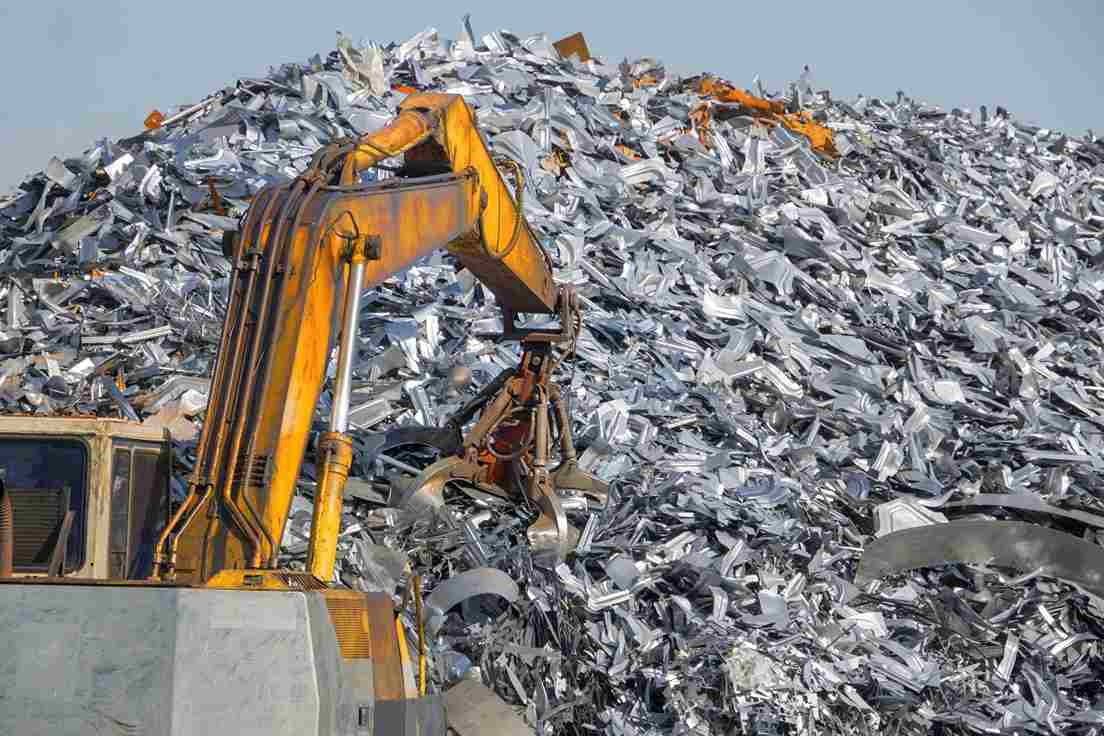 In addition, there is not to be any material in any of the grades of scrap that has a high dissolved copper concentration. This includes rebars and merchant bars, both of which are to be categorized as high residual grades. Tin in any of its forms, including tin cans, tin-coated materials, and so on, and bronze components, including rings, bearing shells, and so on, are not permitted in any of the classes of scrap metal. It is required that any and all classes of scrap be free of lead in any and all forms, including batteries, solder, wheel weights, terne plate, cable ends, bearings, and bearing shells, among other things. All grades are required to be free of alloyed steels and stainless steels, as well as non-magnetic pieces and mechanical parts that are most likely to contain these types of steels. Examples of mechanical parts include motors, drive gears for trucks, axles, gear boxes, gear wheels, tools, and dies. The levels that are mentioned for several of these metallic elements in the various classes are covered under scrap requirements; these levels are typically the typical maximum contents, and they can vary slightly from grade to grade. The supply of scrap that does not fall within the analytical limitations of this list of grades is allowed despite the fact that a special prior agreement must be reached between the user and the supplier based on the knowledge of the actual nature and composition of the material in question. The fourth category is a mishmash of discarded metals and plastics of various qualities. Unless all parties have explicitly agreed otherwise, no delivery may ever comprise a combination of different grades.
In addition, there is not to be any material in any of the grades of scrap that has a high dissolved copper concentration. This includes rebars and merchant bars, both of which are to be categorized as high residual grades. Tin in any of its forms, including tin cans, tin-coated materials, and so on, and bronze components, including rings, bearing shells, and so on, are not permitted in any of the classes of scrap metal. It is required that any and all classes of scrap be free of lead in any and all forms, including batteries, solder, wheel weights, terne plate, cable ends, bearings, and bearing shells, among other things. All grades are required to be free of alloyed steels and stainless steels, as well as non-magnetic pieces and mechanical parts that are most likely to contain these types of steels. Examples of mechanical parts include motors, drive gears for trucks, axles, gear boxes, gear wheels, tools, and dies. The levels that are mentioned for several of these metallic elements in the various classes are covered under scrap requirements; these levels are typically the typical maximum contents, and they can vary slightly from grade to grade. The supply of scrap that does not fall within the analytical limitations of this list of grades is allowed despite the fact that a special prior agreement must be reached between the user and the supplier based on the knowledge of the actual nature and composition of the material in question. The fourth category is a mishmash of discarded metals and plastics of various qualities. Unless all parties have explicitly agreed otherwise, no delivery may ever comprise a combination of different grades. 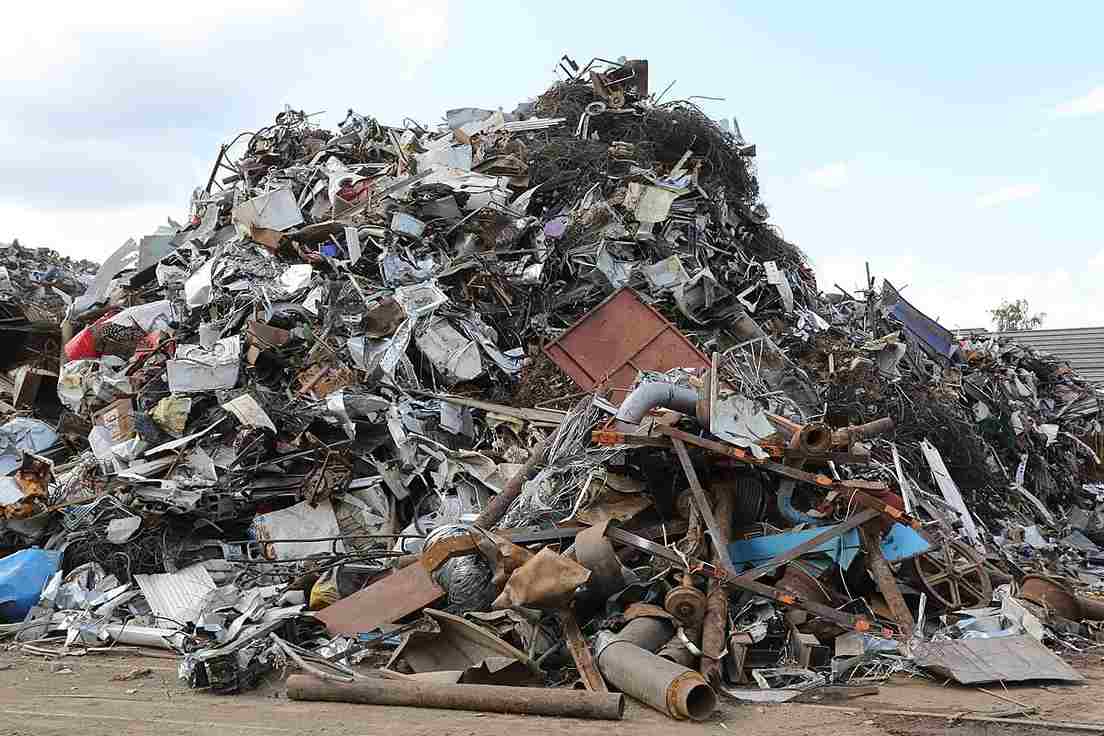 In a nutshell, in accordance with the general conditions, the ferrous metal scrap is not permitted to include any type of gas cylinder (pressurized or depressurized), Freon canisters, auto or truck drive shafts, shock absorbers, struts, torque convertors, gear boxes, conveyor rollers, compressed gas cylinders, fire extinguishers, hydraulic cylinders, munitions, air compressor tanks, fuel tanks, or any other sealed or closed container. Other materials that are not acceptable in ferrous scrap include I no asbestos (asbestos can typically be found in brake shoes, pipe insulation, etc.), (ii) no tyres or tie pieces of any kind, and (iii) no free flowing oil either on the surface or in containerized form, and (iv) no ties of any kind. (iv) no units that contain polychlorinated biphenyls; (v) no batteries of any kind; (vi) no items that contain Freon or any other kinds of refrigerants; (vii) no hazardous waste; (viii) no transformers; (ix) no flammable material; (x) no liquids of any kind; (xi) no foreign material such as wood, insulation, concrete, dirt, plastic, etc.; (xii) no electric motors; The phrase "free of alloyed steel" refers to steel that does not contain any alloying elements that have been intentionally added to create an alloy steel. Instead, any alloying elements that are present in the steel are naturally occurring. If the residual alloying elements in ferrous metal scrap do not exceed a specific proportion, such as Ni – 0.45%, Mo – 0.10%, Cr – 0.20%, and Mn (manganese) – 1.65%, then the ferrous metal scrap is regarded to be free of alloys. The aggregate residuals, excluding Mn, are not allowed to reach a sum of more than 0.60%.
In a nutshell, in accordance with the general conditions, the ferrous metal scrap is not permitted to include any type of gas cylinder (pressurized or depressurized), Freon canisters, auto or truck drive shafts, shock absorbers, struts, torque convertors, gear boxes, conveyor rollers, compressed gas cylinders, fire extinguishers, hydraulic cylinders, munitions, air compressor tanks, fuel tanks, or any other sealed or closed container. Other materials that are not acceptable in ferrous scrap include I no asbestos (asbestos can typically be found in brake shoes, pipe insulation, etc.), (ii) no tyres or tie pieces of any kind, and (iii) no free flowing oil either on the surface or in containerized form, and (iv) no ties of any kind. (iv) no units that contain polychlorinated biphenyls; (v) no batteries of any kind; (vi) no items that contain Freon or any other kinds of refrigerants; (vii) no hazardous waste; (viii) no transformers; (ix) no flammable material; (x) no liquids of any kind; (xi) no foreign material such as wood, insulation, concrete, dirt, plastic, etc.; (xii) no electric motors; The phrase "free of alloyed steel" refers to steel that does not contain any alloying elements that have been intentionally added to create an alloy steel. Instead, any alloying elements that are present in the steel are naturally occurring. If the residual alloying elements in ferrous metal scrap do not exceed a specific proportion, such as Ni – 0.45%, Mo – 0.10%, Cr – 0.20%, and Mn (manganese) – 1.65%, then the ferrous metal scrap is regarded to be free of alloys. The aggregate residuals, excluding Mn, are not allowed to reach a sum of more than 0.60%.
